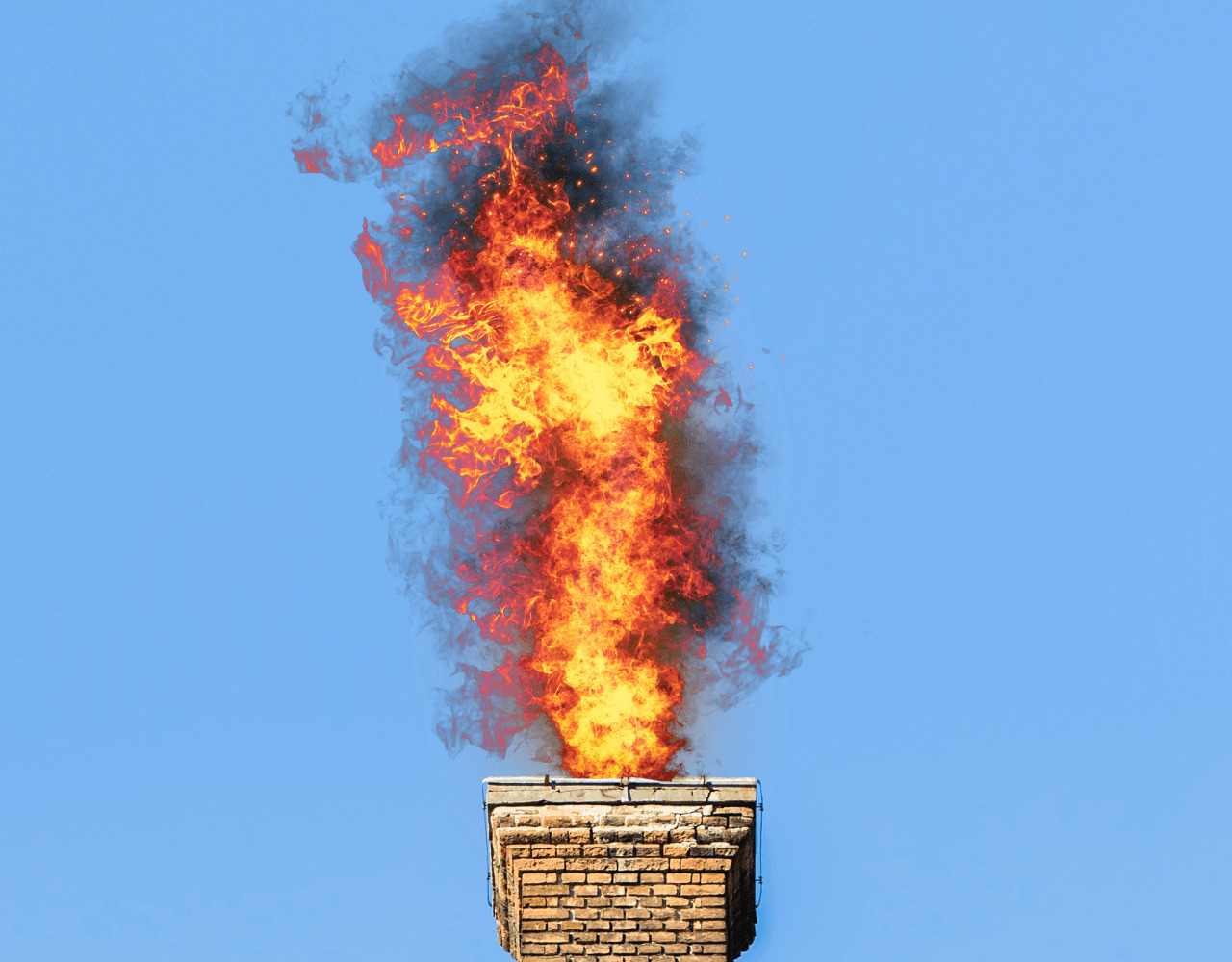

Articles
How To Put Out A Chimney Fire
Modified: August 28, 2024
Learn how to safely put out a chimney fire with our informative articles. Protect your home and family from potential disasters.
(Many of the links in this article redirect to a specific reviewed product. Your purchase of these products through affiliate links helps to generate commission for Storables.com, at no extra cost. Learn more)
Introduction
Welcome to our comprehensive guide on how to put out a chimney fire. A chimney fire can be a terrifying experience, with the potential to cause significant damage to your home and put your safety at risk. Therefore, it’s important to understand what causes chimney fires, how to identify them, and most importantly, how to extinguish them safely.
A chimney fire occurs when the flammable deposits, such as creosote, that build up on the inner walls of your chimney ignite. These deposits can accumulate over time due to incomplete combustion of wood or other fuels, poor ventilation, or burning unseasoned wood. When a chimney fire happens, the heat generated can reach extremely high temperatures, putting your chimney and surrounding structures in danger.
Recognizing the signs of a chimney fire is crucial in preventing the situation from escalating. By being proactive and attentive, you can take the necessary steps to extinguish the fire and prevent further damage to your home.
In this guide, we will walk you through the signs of a chimney fire, the steps to take during a chimney fire, as well as provide you with valuable tips on preventing these fires from occurring in the first place. By educating yourself and being prepared, you can ensure the safety of your home and loved ones.
Key Takeaways:
- Chimney fires are preventable with regular maintenance, proper wood usage, and attentive care. Prioritize safety, recognize signs of a fire, and let professionals handle extinguishing the fire to ensure the well-being of your home and loved ones.
- Stay proactive in preventing chimney fires by following manufacturer’s guidelines, disposing of ashes properly, and installing safety features like spark arresters and chimney caps. With responsible usage and regular maintenance, you can enjoy the warmth of your fireplace without the fear of a chimney fire.
Read more: How To Put Out A Grass Fire
Understanding Chimney Fires
Before we delve into how to put out a chimney fire, it’s important to have a clear understanding of what causes chimney fires and how they occur. As mentioned earlier, chimney fires are typically caused by the ignition of flammable deposits, such as creosote, inside the chimney.
Creosote is a black, tarry substance that forms when wood or other fuels are burned. It can accumulate on the chimney walls over time, especially if the wood being burned is unseasoned or if the chimney is not properly maintained. Creosote deposits can be highly flammable and can ignite when exposed to high temperatures.
Poor chimney maintenance, including infrequent cleaning and inspections, can increase the risk of chimney fires. Regular chimney cleanings by a professional are essential in removing creosote buildup and reducing the risk of fires. Additionally, using dry, seasoned wood and ensuring proper ventilation can help minimize the formation of creosote.
It’s worth noting that chimney fires can be divided into two main types: slow-burning fires and fast-burning fires. Slow-burning fires are characterized by slower and more controlled combustion of the creosote deposits. While they may not produce obvious signs of a fire, they can still cause damage to the chimney and surrounding structures.
Fast-burning fires, on the other hand, involve a rapid and intense fire that can quickly spread throughout the chimney. These fires are often accompanied by loud cracking or popping noises, a significant increase in heat, and even visible flames shooting out of the chimney stack.
In either case, it’s crucial to take immediate action when a chimney fire occurs to prevent further damage and ensure the safety of everyone in the vicinity.
Signs of a Chimney Fire
Recognizing the signs of a chimney fire is essential in order to take prompt action and prevent the situation from escalating. Here are some telltale signs that indicate a chimney fire may be occurring:
- Loud cracking or popping noises: If you hear unusual sounds coming from your chimney, such as loud cracking or popping noises, it could indicate a chimney fire. These noises are caused by the expansion and contraction of the chimney materials due to the intense heat.
- Thick, dark smoke: A chimney fire often produces dark, dense smoke that has a strong, acrid odor. If you notice this type of smoke billowing out of your chimney, it’s a clear indication that a fire is burning inside.
- Visible flames: In some cases, you may even see flames shooting out of the chimney stack. This is a definitive sign of a chimney fire and warrants immediate attention.
- Intense heat: During a chimney fire, the heat inside the chimney can become extremely intense. If you notice a significant increase in heat radiating from your fireplace or chimney, it’s a strong indication that a fire is burning.
- Foul odor: Another sign of a chimney fire is a strong, unpleasant odor coming from your fireplace or chimney. This odor is caused by the combustion of the creosote deposits and can be quite distinct.
- Cracks or damage to the chimney: After a chimney fire, it’s common to find cracks or other visible damage to the interior or exterior of the chimney. Inspect your chimney for any signs of structural issues and seek professional assistance for repairs if needed.
If you notice any of these signs, it’s crucial to take immediate action to extinguish the fire and ensure the safety of everyone in your home. Remember, chimney fires can be unpredictable and dangerous, so always prioritize the well-being of yourself and your loved ones.
Steps to Take During a Chimney Fire
Experiencing a chimney fire can be a frightening situation, but it’s important to remain calm and take the necessary steps to protect yourself, your home, and everyone inside. Here are the key steps to follow during a chimney fire:
- Alert everyone in the house: As soon as you suspect a chimney fire, alert everyone in your household and ensure that they evacuate to a safe location away from the house. Safety should be your top priority.
- Call emergency services: Dial the emergency services number in your area, such as 911, to inform them about the chimney fire. It’s crucial to have professional firefighters on their way to assist with extinguishing the fire.
- Close damper and vents: Close the damper and any other vents connected to the fireplace to restrict the airflow and prevent the fire from spreading further into the house.
- Monitor the fire: Keep a close eye on the fire from a safe distance and observe any changes in its intensity or behavior. It’s important to have a clear understanding of the situation in order to provide accurate information to the emergency services when they arrive.
- Do not attempt to extinguish the fire: It’s crucial to refrain from attempting to extinguish the chimney fire yourself. Leave that job to the professionals, as they have the necessary equipment and expertise to handle the situation safely.
- Evacuate nearby areas: If there are any combustible materials or objects located near the chimney, make sure to evacuate those areas as well. Move furniture, decorations, and any flammable items away from the vicinity of the fire to minimize the risk of further damage.
- Wait for professional assistance: Once emergency services arrive, follow their instructions and provide them with any relevant information about the fire. They will take the necessary steps to extinguish the fire safely and assess any damage that may have occurred.
Remember, your safety comes first. Do not attempt to be a hero and tackle the fire yourself. Let the professionals handle the situation while you focus on ensuring the well-being of yourself and those around you.
If you have a chimney fire, close the damper to cut off the oxygen supply and use a fire extinguisher designed for use in chimneys. Do not use water as it can cause steam and spread the fire.
Extinguishing a Chimney Fire
Extinguishing a chimney fire is a task best left to trained professionals. It’s important to prioritize safety and let the experts handle the situation. However, there are a few measures you can take while waiting for the fire department to arrive:
- Close all openings: Close the damper and any vents connected to the fireplace to limit the oxygen supply to the fire. This can help slow down the burning process.
- Use a fire extinguisher: If you have a Class A fire extinguisher, you can attempt to use it to suppress the fire, but only if it is safe to do so. Aim the extinguisher at the base of the fire and use a sweeping motion to cover the entire area. Remember, however, that a fire extinguisher is only effective in the early stages of a chimney fire.
- Reduce heat: Try to cool down the fire by spraying water onto the exterior of the chimney. Use a garden hose or a spray bottle filled with water to dampen the surfaces around the chimney, making sure to always stay a safe distance away.
- Ensure proper ventilation: Open windows and doors in the vicinity of the fireplace to help remove smoke and gases from your home. This can help improve air circulation and reduce the risk of smoke inhalation.
- Evacuate and wait for the professionals: Evacuate all occupants from the house and wait for the firefighters to arrive. It’s important not to stay inside a burning or smoke-filled environment.
Remember, these measures are temporary solutions intended to slow down the fire until professional help arrives. It’s crucial not to put yourself or others at risk by attempting to handle the situation beyond these initial steps. Leave the task of fully extinguishing the chimney fire to the trained firefighters who have the necessary equipment and expertise.
Once the professionals arrive, cooperate with their instructions and provide them with any relevant information about the fire. They will assess the situation, extinguish the fire, and ensure the safety of your home and those inside.
Read more: How To Put Out Fire In Fireplace
Preventing Chimney Fires
Prevention is always better than dealing with a chimney fire. By implementing a few simple preventative measures, you can significantly reduce the risk of a fire occurring in your chimney. Here are some steps you can take to prevent chimney fires:
- Regular chimney maintenance: Schedule regular chimney cleanings and inspections by a certified professional. This will help remove any creosote buildup and identify any potential issues that could lead to a fire.
- Burn dry, seasoned wood: Always use dry, well-seasoned firewood in your fireplace or wood-burning stove. Wet or unseasoned wood produces more smoke and increases the buildup of creosote in the chimney.
- Properly dispose of ashes: Dispose of fireplace ashes in a metal container with a tight-fitting lid. Place the container on a non-combustible surface and store it away from your home or any flammable materials. Ashes can retain heat for a long time and pose a fire hazard if not handled properly.
- Use a spark arrester: Install a spark arrester on top of your chimney to prevent sparks and embers from escaping and potentially igniting nearby materials or surrounding vegetation.
- Install a chimney cap: A chimney cap helps prevent animals, debris, and moisture from entering your chimney. It also helps reduce the risk of blockages and improves overall chimney safety.
- Ensure proper ventilation: Adequate airflow is crucial for the proper functioning of your fireplace or wood-burning stove. Make sure that your chimney and vents are clear of any obstructions to maintain proper ventilation.
- Follow manufacturer’s guidelines: If you have a wood-burning stove or fireplace, make sure to follow the manufacturer’s guidelines for proper operation and maintenance. This includes using the recommended fuel and following any specific installation and cleaning instructions.
- Stay attentive while burning fires: When using your fireplace or wood-burning appliance, never leave it unattended. Keep a close eye on the fire and ensure that it is properly contained within the firebox.
By following these preventive measures and practicing responsible fireplace and wood-burning stove usage, you can greatly reduce the risk of a chimney fire in your home. Regular maintenance and attentive care will help ensure the safety of your chimney and provide you with peace of mind.
Conclusion
A chimney fire can be a terrifying experience, but with the right knowledge and actions, you can effectively handle the situation and prevent it from escalating. Understanding the causes and signs of chimney fires is crucial in order to take prompt action and protect your home and loved ones.
During a chimney fire, it’s important to prioritize safety. Alert everyone in your household, evacuate to a safe location, and call emergency services for professional assistance. Avoid attempting to extinguish the fire yourself and instead let the trained firefighters handle the situation.
Prevention is the key to avoiding chimney fires altogether. Regular chimney maintenance, using dry and seasoned wood, disposing of ashes properly, and ensuring proper ventilation are all essential steps in preventing creosote buildup and reducing the risk of fires.
By following these preventive measures and remaining vigilant with fireplace and wood-burning stove usage, you can greatly minimize the risk of chimney fires. Remember to stay attentive while burning fires and always follow the manufacturer’s guidelines.
In conclusion, chimney fires can be dangerous and damaging, but with knowledge, preparedness, and the help of professionals, you can effectively handle and prevent them. Stay informed, prioritize safety, and take the necessary steps to protect your home and loved ones. With proper care and maintenance, you can enjoy the warmth and comfort of your fireplace or wood-burning stove without worrying about the threat of chimney fires.
Frequently Asked Questions about How To Put Out A Chimney Fire
Was this page helpful?
At Storables.com, we guarantee accurate and reliable information. Our content, validated by Expert Board Contributors, is crafted following stringent Editorial Policies. We're committed to providing you with well-researched, expert-backed insights for all your informational needs.

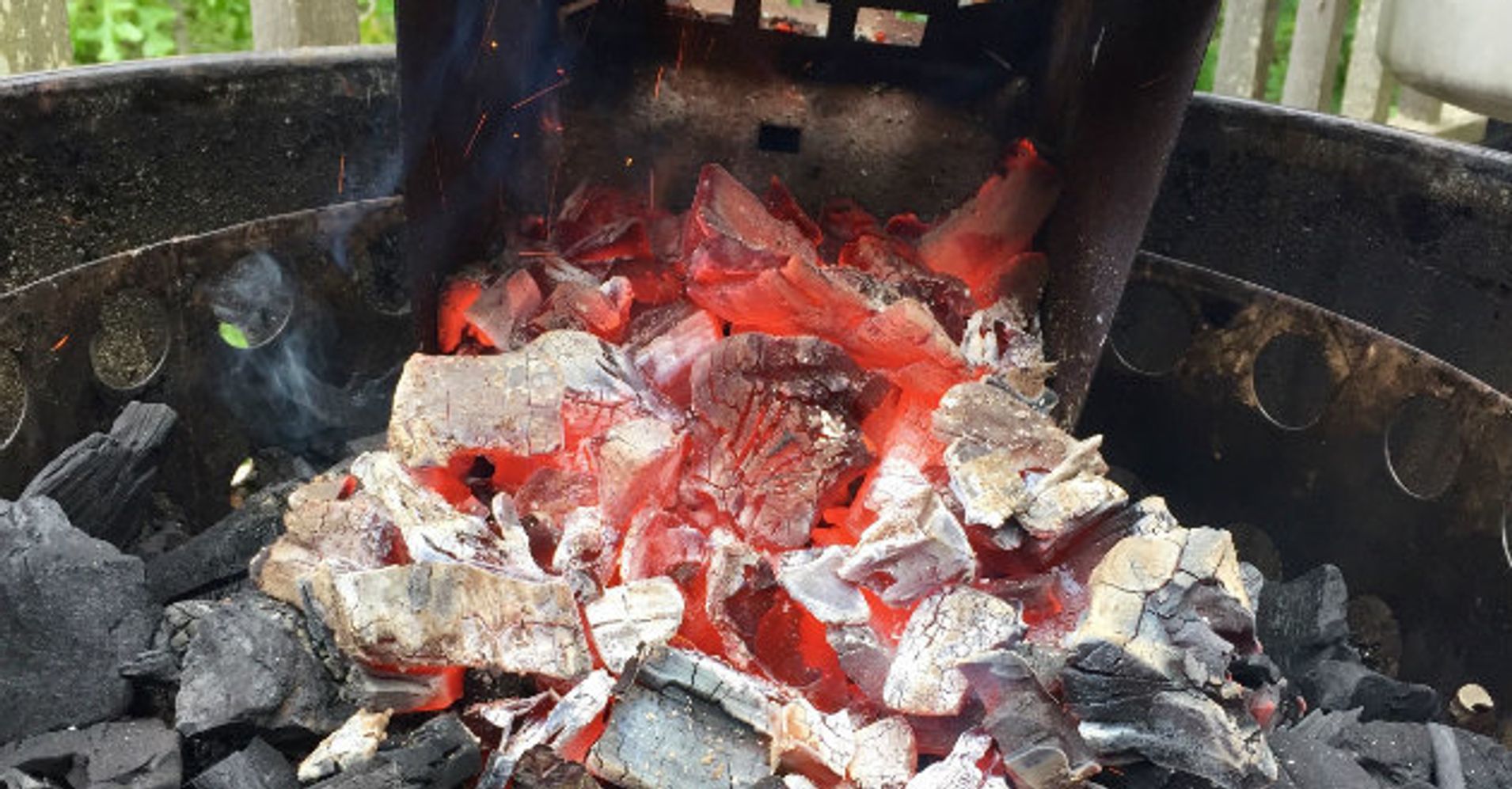
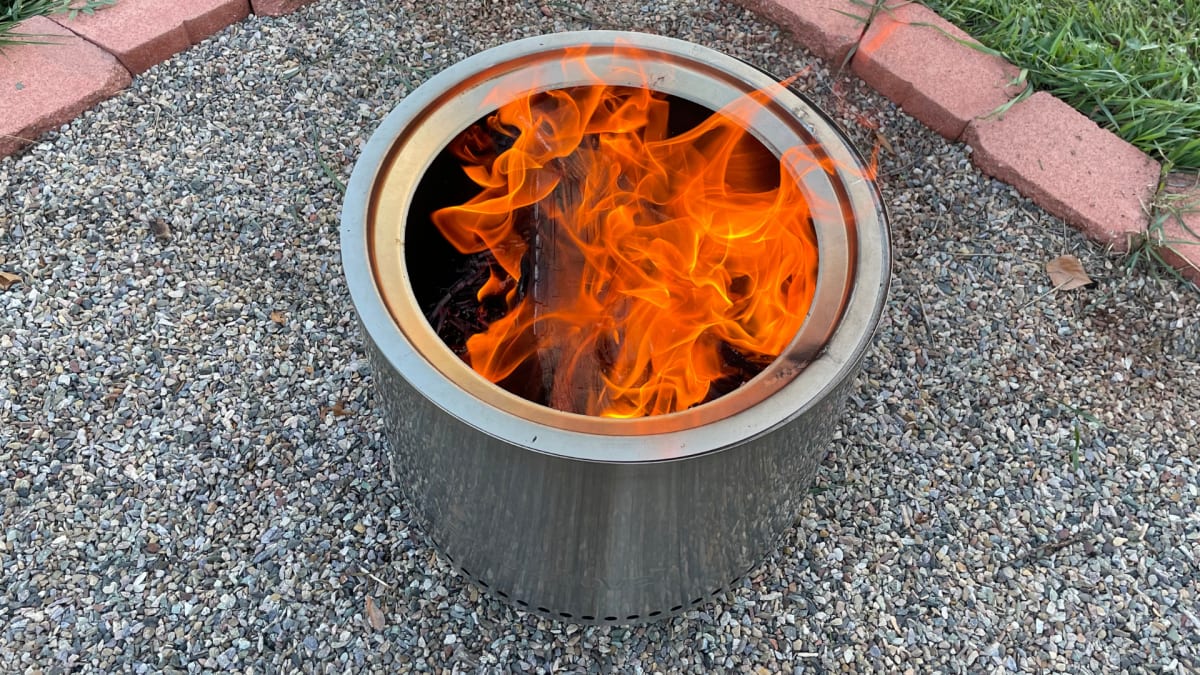
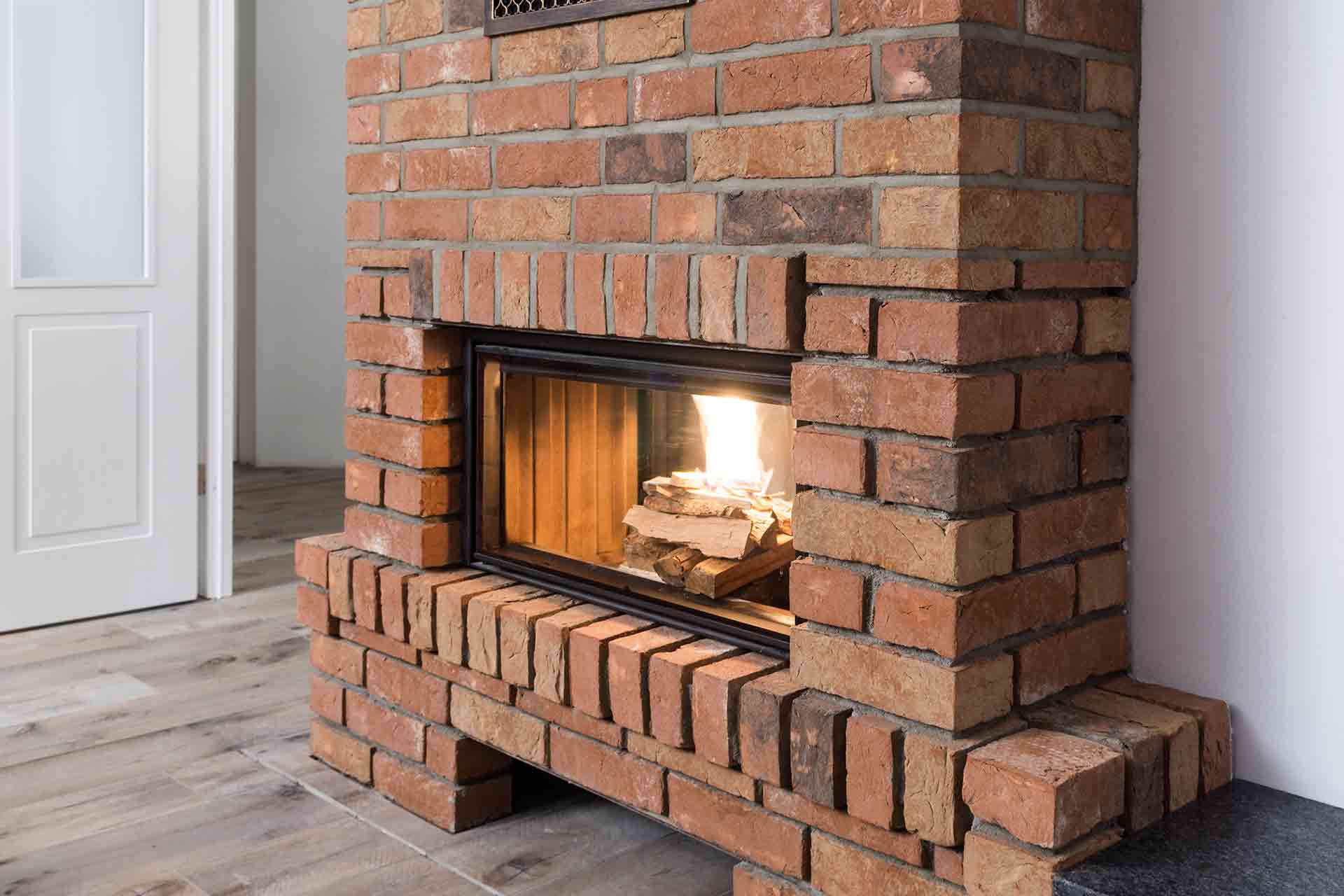
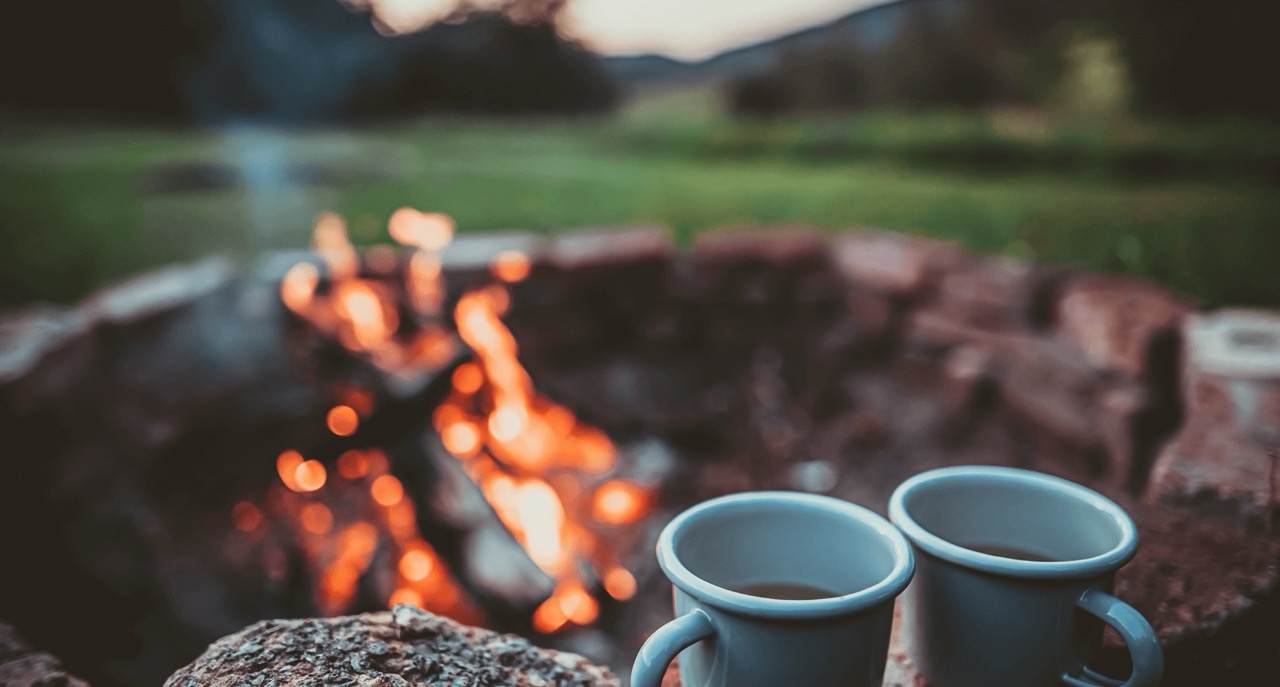
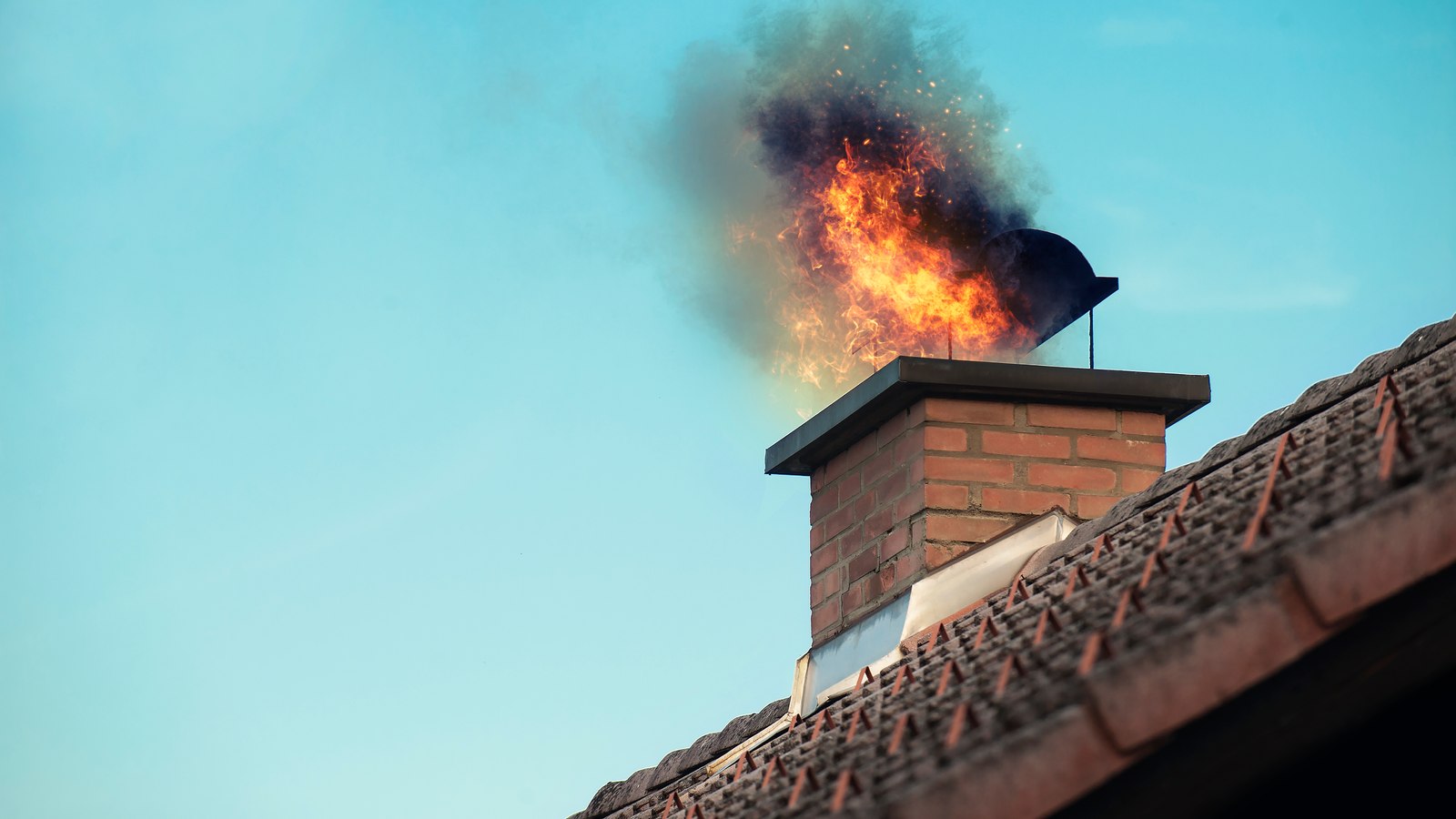
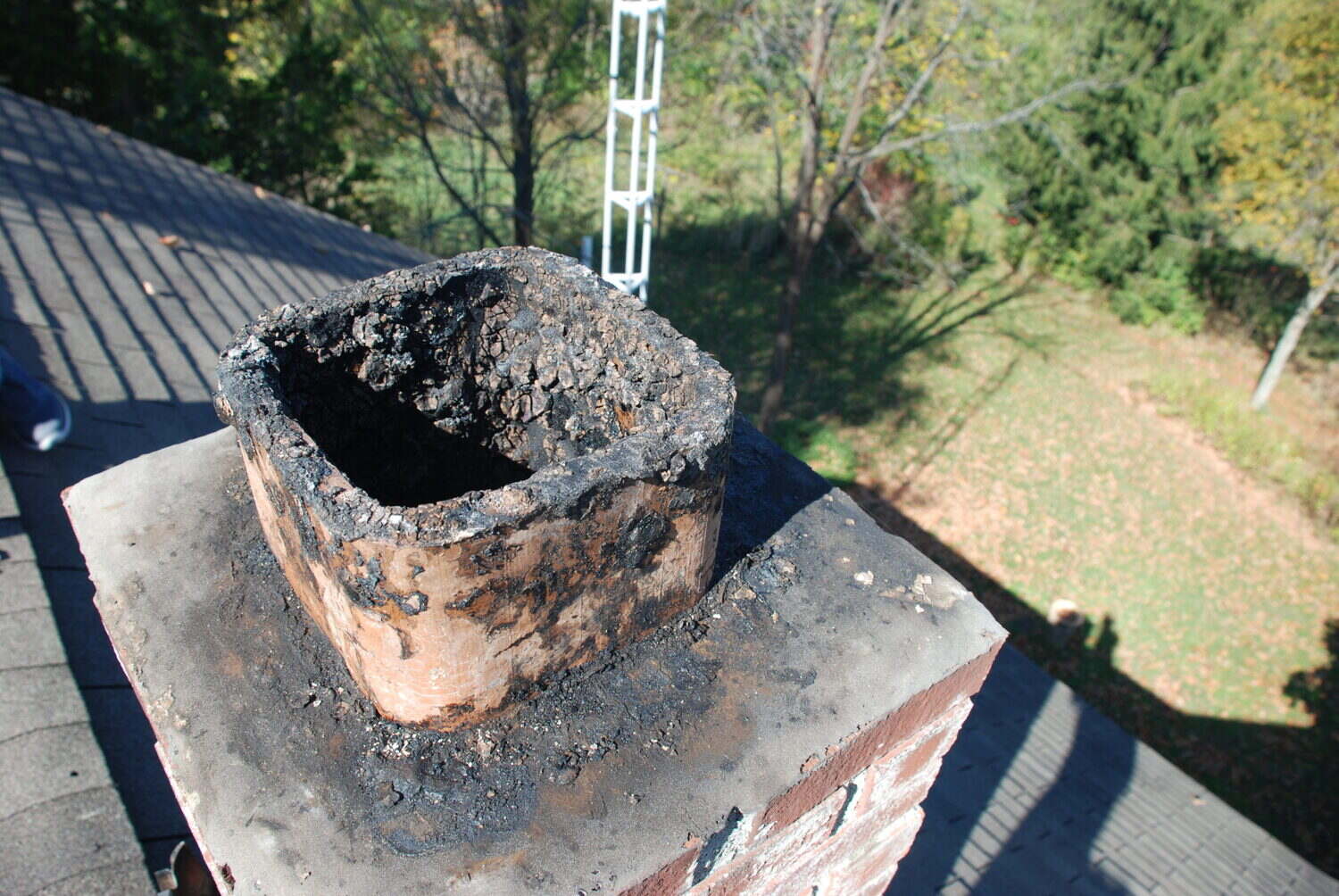
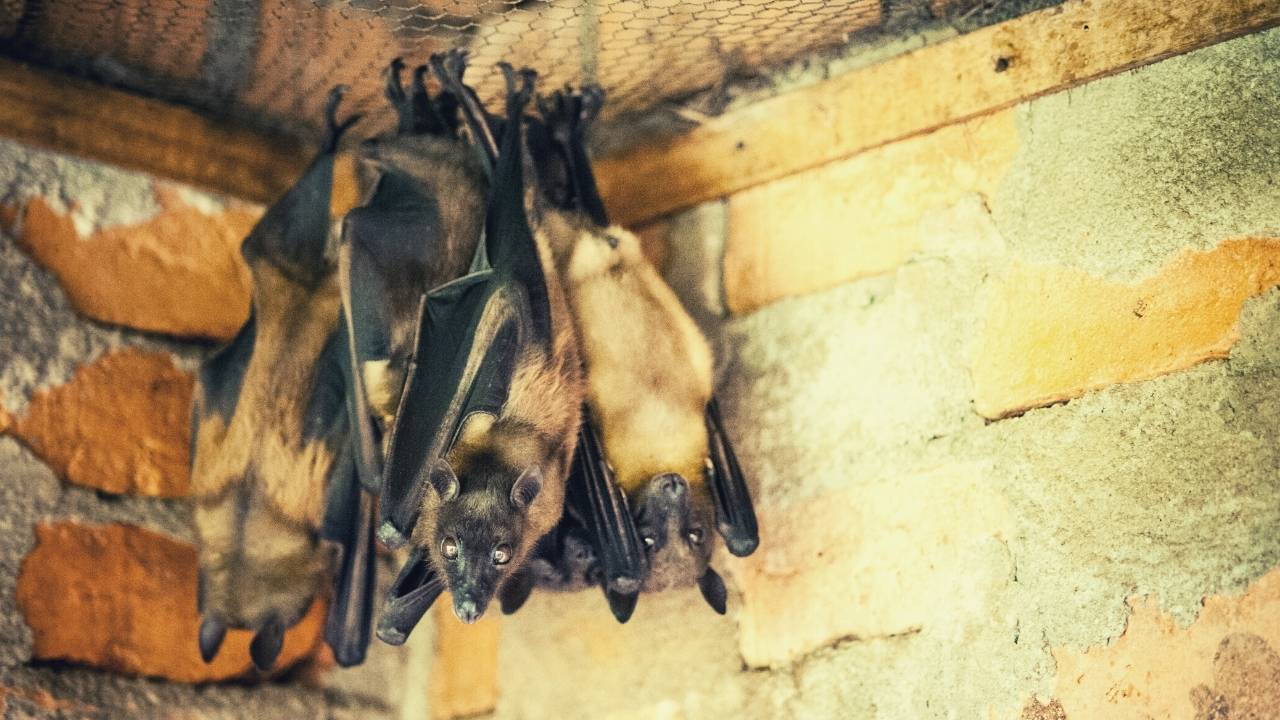
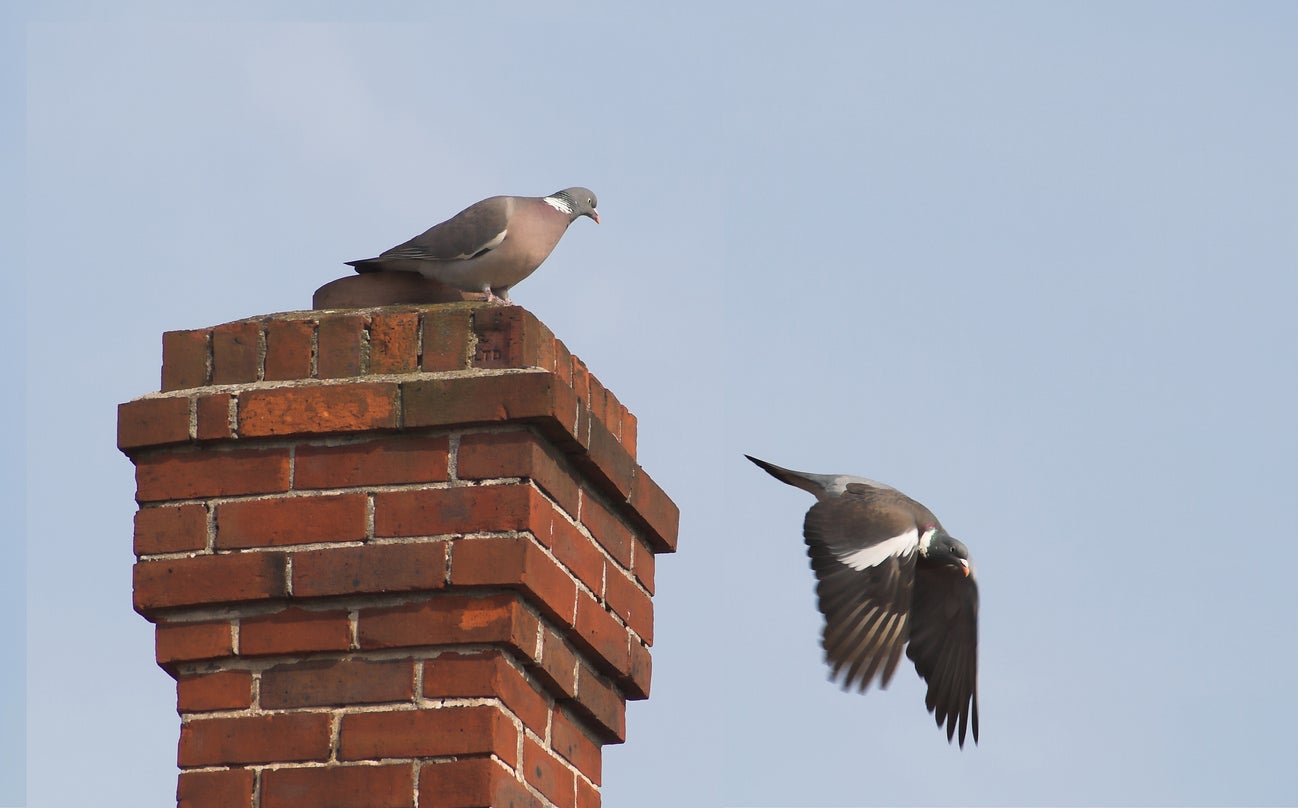
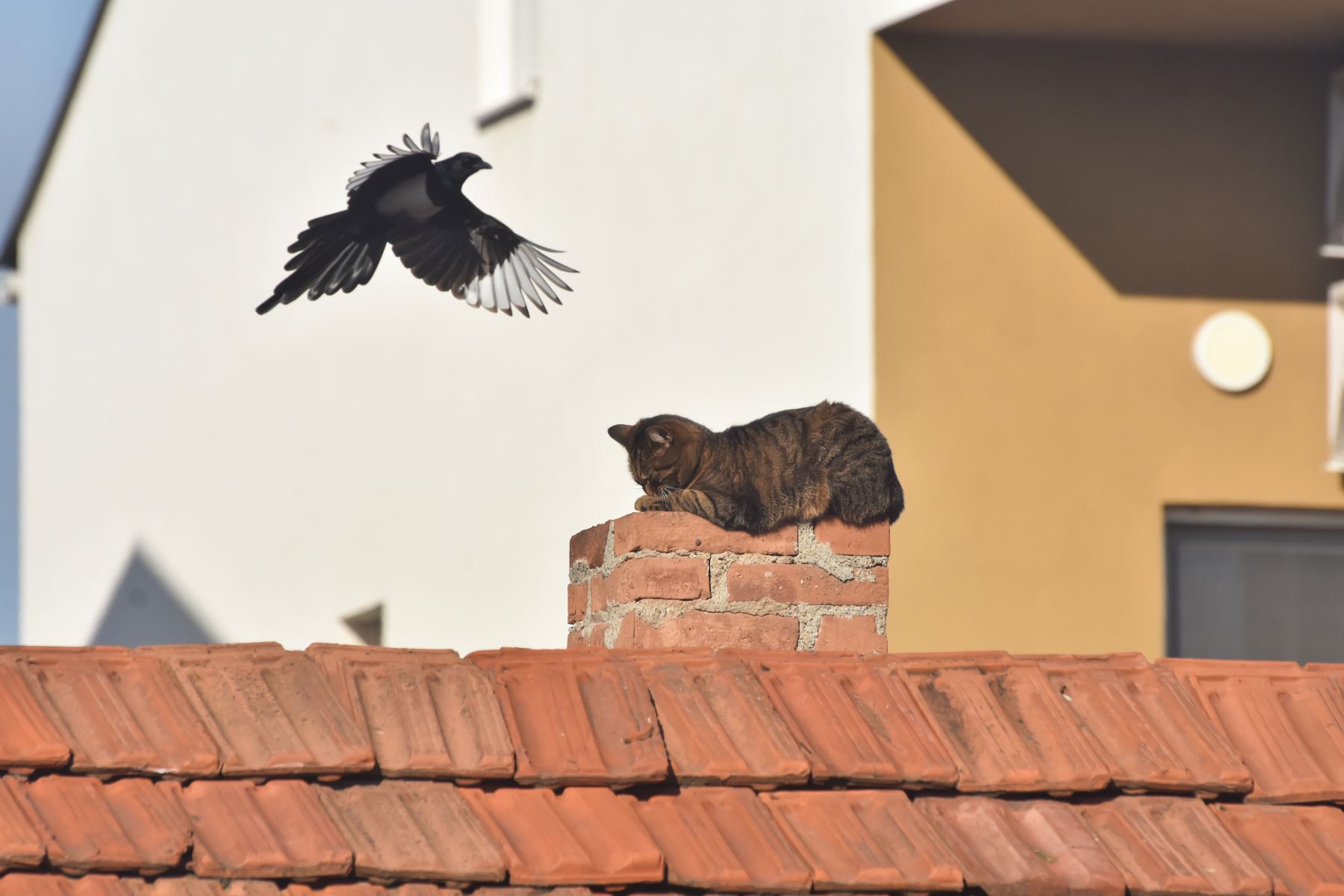
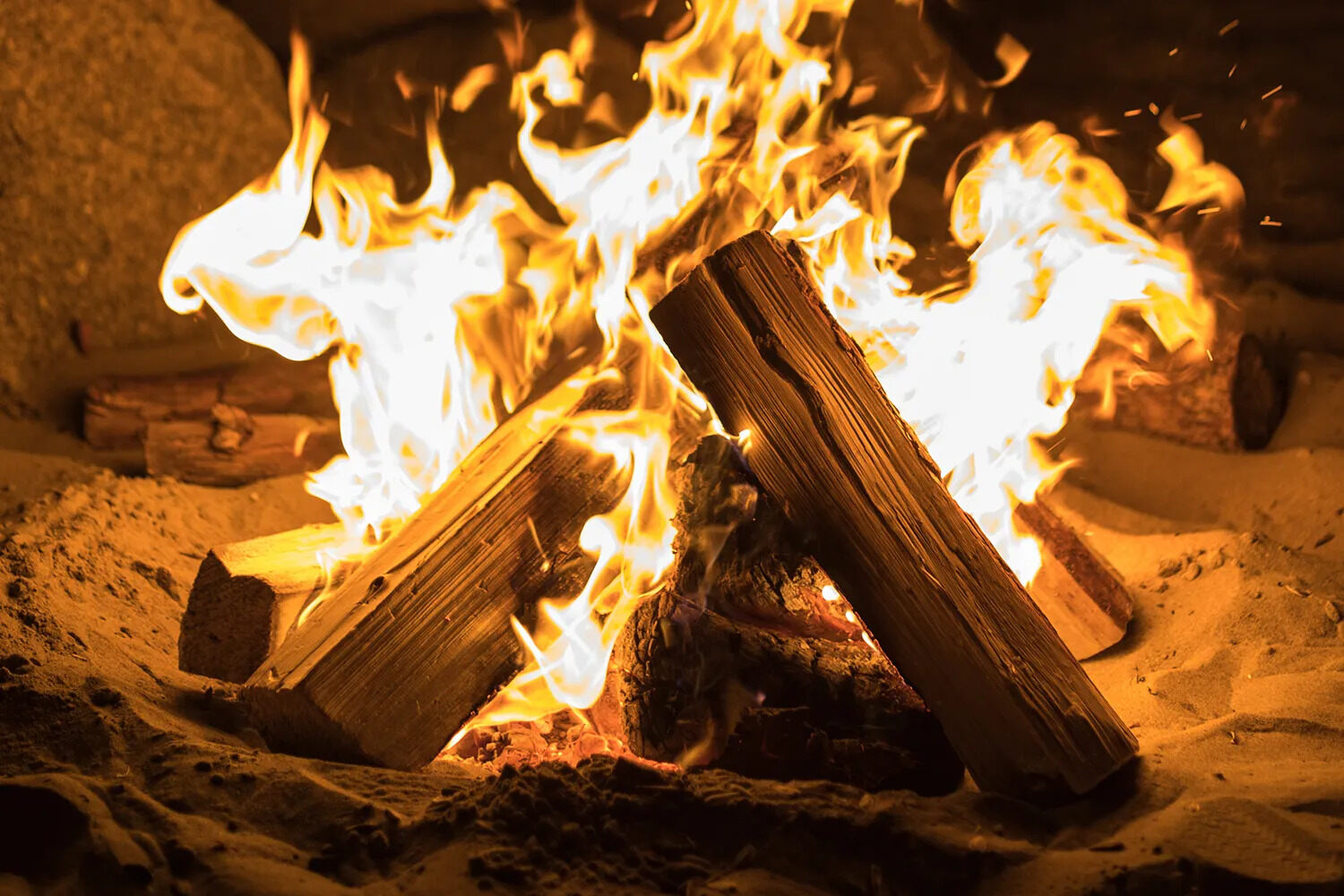
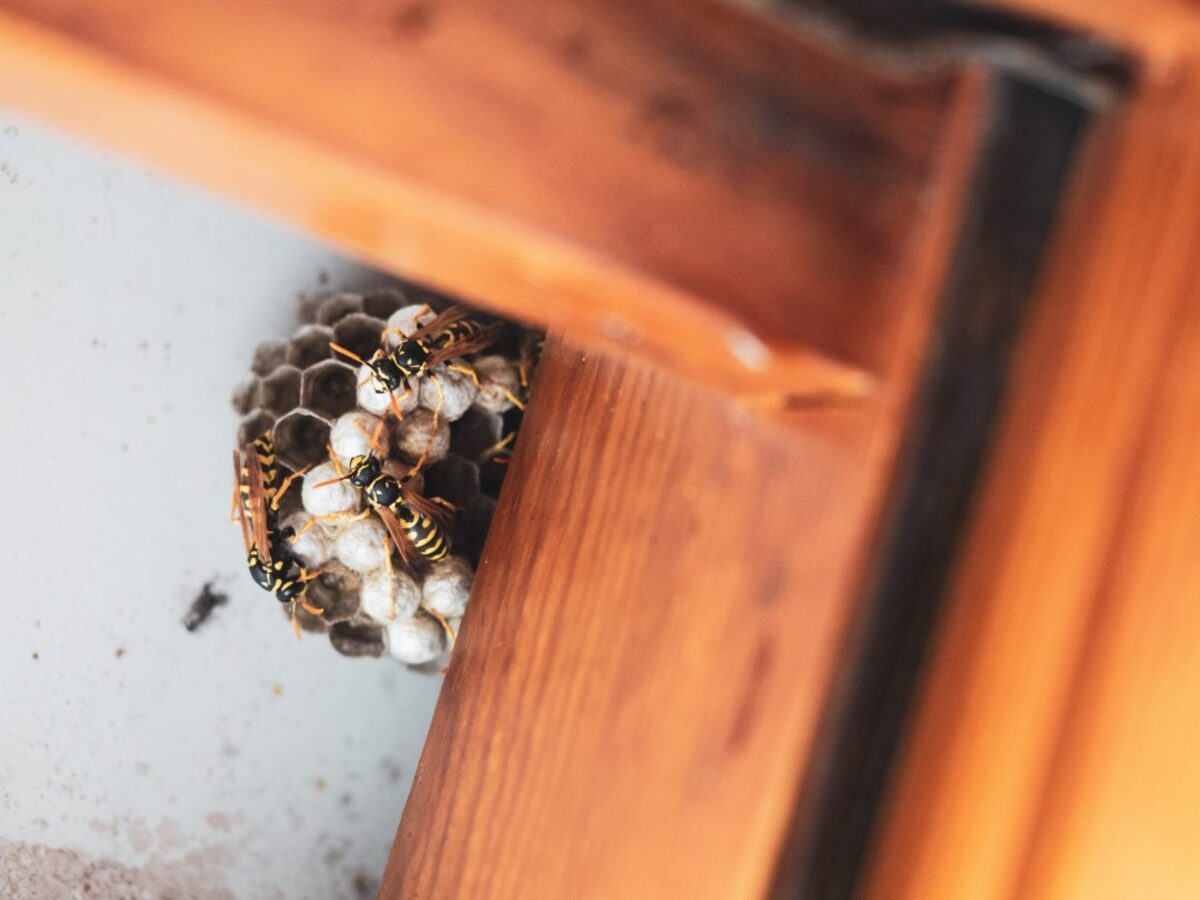
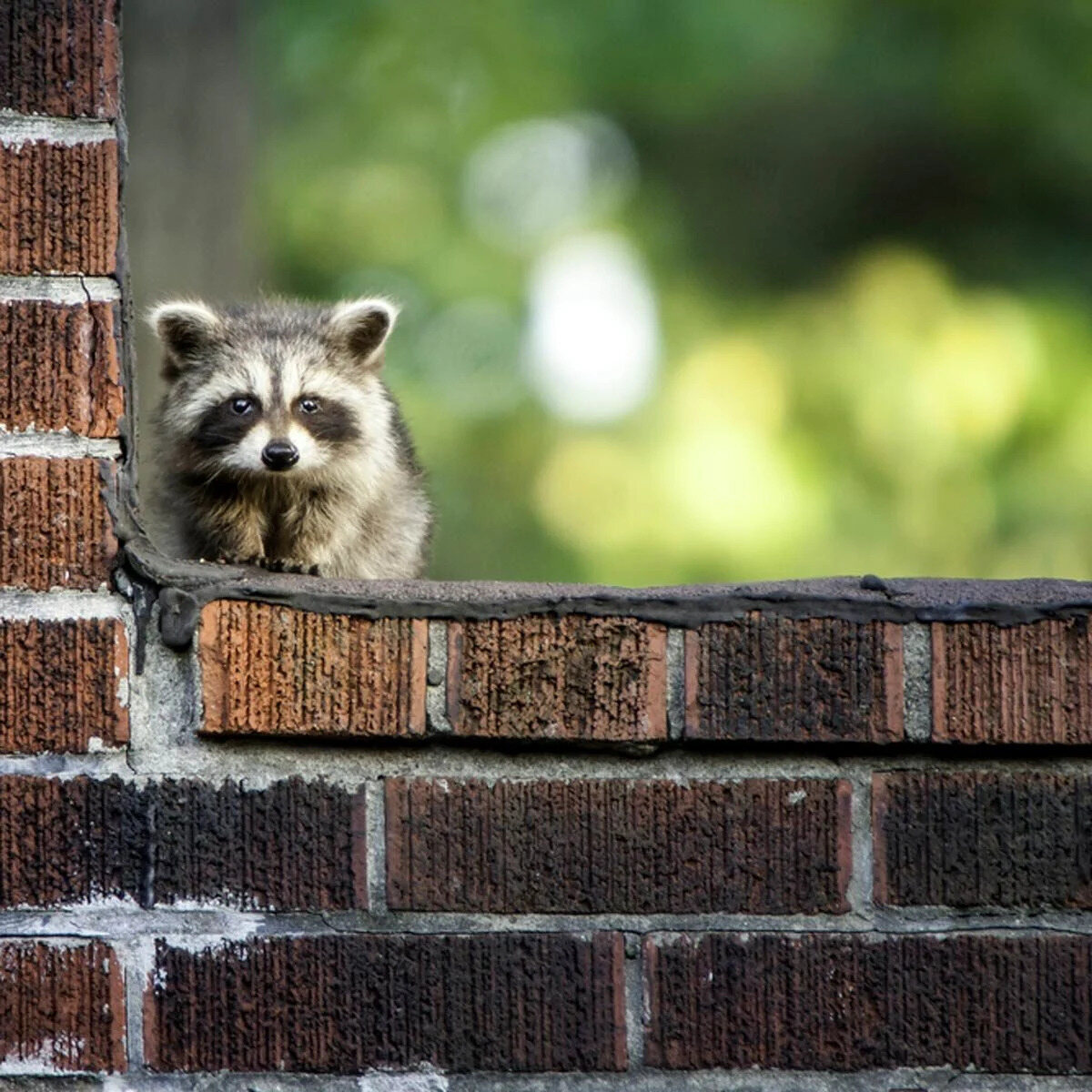
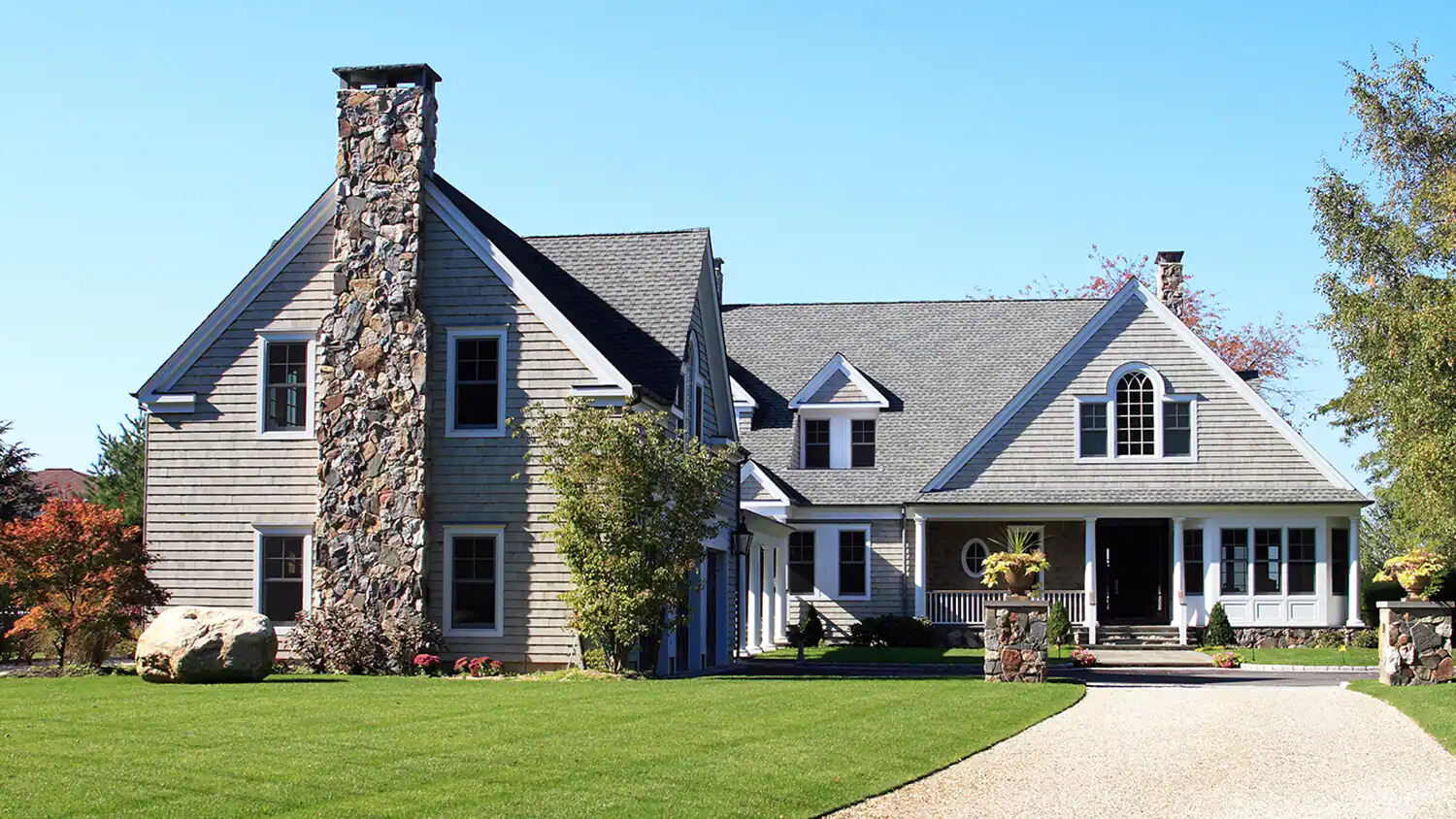

0 thoughts on “How To Put Out A Chimney Fire”